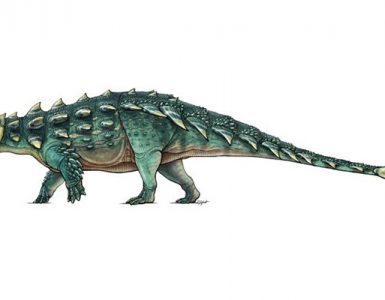The French CNES agency said that the lander was completely awake and has made contact. The prime reason for this silence over the last few months is that Philae ran out of power and since there was no sun, it could not power up itself. After a brief but crucial solar recharge, Philae made contact with the Earth.
| Philae touchdown / Image: European Space Agency |
Before landing on the comet last year, Philae was carried there by the spacecraft Rosetta for about 10 years straight. The long journey tests both the spacecraft and the European agency. Philae was initially given enough battery for about 60 hours of experimentation. This was enough for initial testing and transmitting of days, after which Philae went into hibernation.
This sudden comeback of Philae is due to the fact that the comet has come close to the sun in these seven months. The panels of Philae are getting enough sunlight to generate power for sending messages to Rosetta so that it can relay them to Earth. The comet is travelling at a distance of 215 million kilometers from the sun and will reach the closest point to the sun in its orbit on August 13.
Jean-Yves Le Gall, president of the French CNES space agency said the comet was by now in full activity, with “bursts of gas, bursts of dust, and thanks to Philae, we can observe it all first-hand.”
The mission was to study comets in a better way and gather any information about their composition, inner structures, gas contents etc. The scientists also hoped to unravel the mystery of the creation of the Universe through this mission.






























